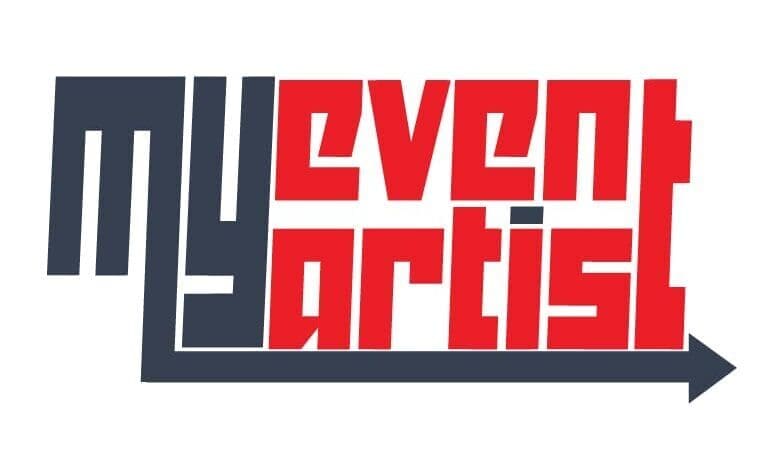Title: Exporting in Various File Formats: Learn Optimal Methods for Exporting Logo Designs for Web, Print, and Other Applications
Introduction:
Exporting logo designs in different file formats is a crucial aspect of graphic design that ensures seamless usability across a wide range of platforms. Whether you’re creating a logo for a website, a print advertisement, or for other applications, understanding the optimal methods for exporting files is essential. In this article, we will delve into the various file formats commonly used for logo designs and provide insights on how to export them effectively. Let’s embark on this journey to enhance your logo design skills and ensure your creations are ready for any application.
Choosing the Right File Format:
Before diving into the export process, it’s vital to understand the different file formats available and their suitability for specific applications. Here are some commonly used file formats for logo designs:
- Vector Formats (SVG, EPS, AI):
- Ideal for scalability without quality loss.
- Suitable for print, web, and other applications.
- Recommended for logos with intricate details and multiple colors.
- Raster Formats (JPEG, PNG):
- JPEG: Suitable for web use but loses image quality with compression.
- PNG: Retains image quality and supports transparency.
- Recommended for web applications, social media, and presentations.
Exporting for Web:
When exporting logo designs for web use, it’s crucial to consider file size, resolution, and compatibility across different browsers and devices. Follow these steps to optimize your logo for the web:
- Export as SVG:
- Scalable Vector Graphics (SVG) format ensures your logo stays sharp on all devices.
- Maintain vector characteristics and achieve smaller file sizes.
- Suitable for websites, responsive designs, and high-resolution displays.
- Optimize Raster Formats:
- Export as PNG with transparency for crispness.
- Compress JPEG versions to find a balance between quality and file size.
- Use tools like Adobe Photoshop or online compressors to reduce file size without sacrificing too much quality.
Exporting for Print:
Print applications require higher resolutions and specific color formats. To ensure your logo designs look their best on printed materials, follow these guidelines:
- Export as Vector Formats:
- Export logos in EPS or AI formats to retain image quality for large-scale printing.
- Vector formats allow flawless scalability without pixelation.
- Specify CMYK Color Mode:
- Convert RGB colors to CMYK to maintain color accuracy between screen and print.
- RGB colors may look different when printed, so verifying color consistency is important.
Encouraging Further Exploration:
Mastering the art of exporting logo designs is just one piece of the graphic design puzzle. If you’re looking for more tips, advice, and design services, visit our website at myeventartist.com. We offer a vast array of print-ready event logo designs and can assist you with any design needs. Let us help make your next project stand out!
Conclusion:
Exporting logo designs in various file formats is a critical skill every designer should possess. By understanding the optimal methods for exporting logos for web, print, and other applications, you can ensure your designs look stunning, maintain their quality, and are compatible with different platforms. Remember to choose the right file format for each specific purpose, whether it’s the scalability of vector formats for web use or the high resolution and color accuracy required for print. To explore more tips, advice, and design services, head over to myeventartist.com and let us be your partner in creating impressive event logo designs.

